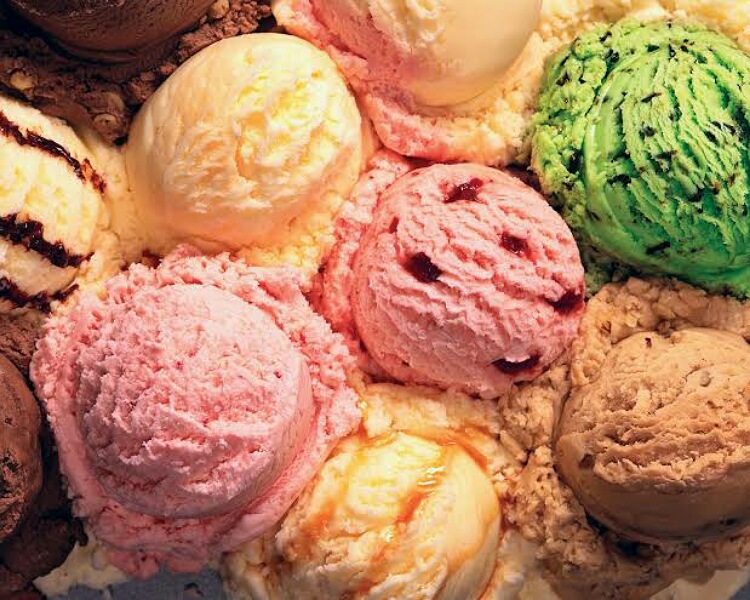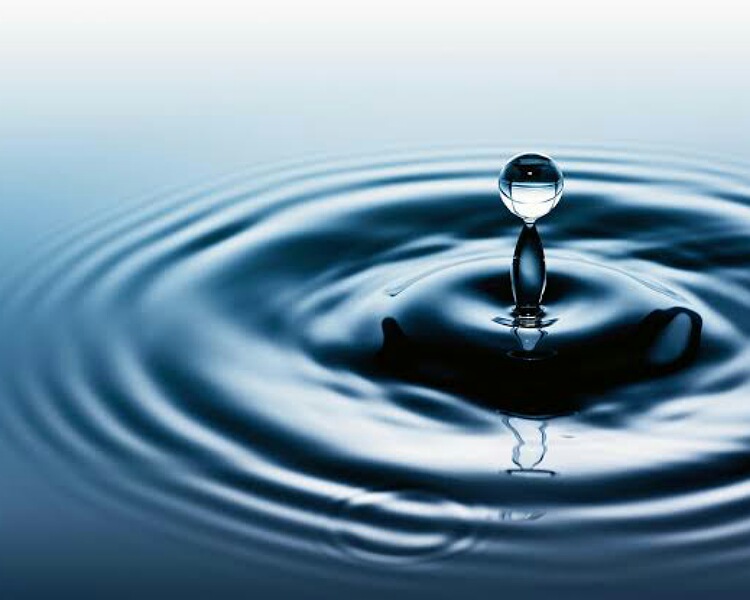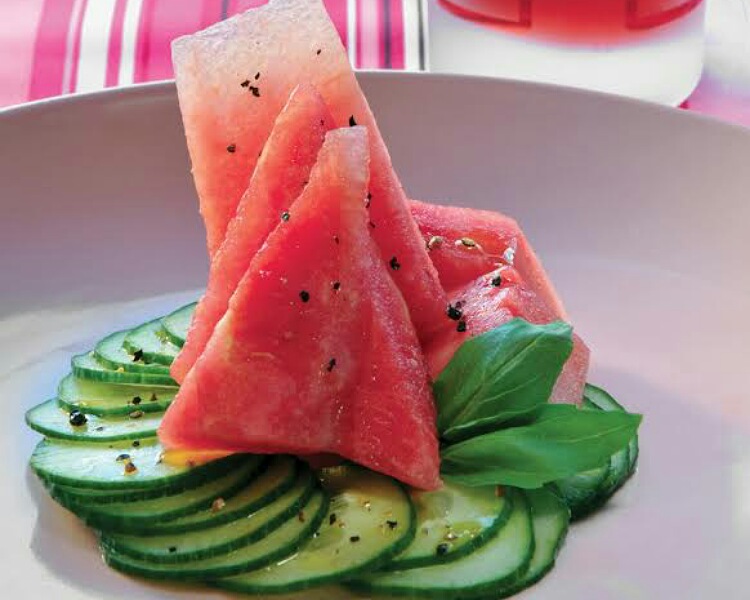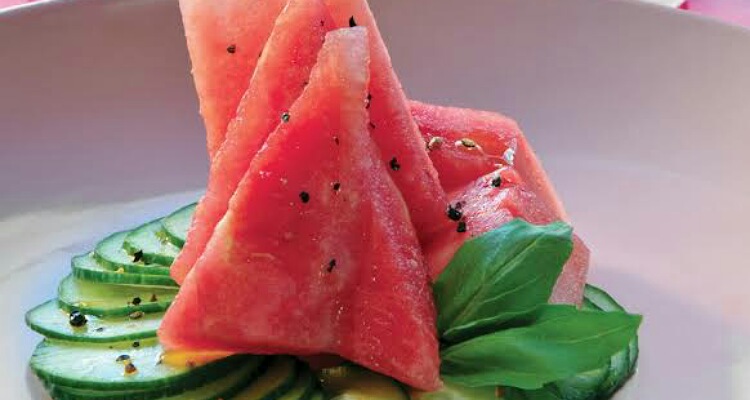Summers can be bad. The high temperatures and scorching heat causes people to opt for ice cold foods. These help but might not be healthy. How to eat right during heatwave?
High temperatures and foods
Summers have been increasingly bad around the globe. This is so even in temperate zone countries such as the UK.
When heat becomes unbearable, people consume ice cold foods such as high-calorie ice cream or a frozen frappuccino. In order to hydrate self, they have cold fruit juices or cold drinks.
Most of these are high in sugars and sodium. The net result is consuming and drinking unhealthy foods and drinks. How can one overcome the heat and yet not ruin the nutrition? Health expert Lujain Alhassan shares some tips on it. She advises:
“Although everyone is different, generally people should have foods with a high water content to ensure they stay hydrated. These foods include watermelon, cucumbers, peaches, cherries and berries.”
“Ensure you drink lots of water frequently as well, even if you don’t feel thirsty. If you are going to sit outside or travel to work, make sure to bring a water bottle with you, wear a hat or sit in the shade, and use sunscreen.”

Chronic ailments and heatwave
The high temperatures cause more problems for people with chronic ailment such as diabetes, heart problems, and Alzheimer’s disease. They could easily get dehydrated and have heat exhaustion and heat stroke. Lujain elaborates on heat care:
“When you are feeling hot, your body is sweating out the heat and your brain pays less attention to your hunger, which can cause a dip in appetite.”
“It is still important to eat enough food to avoid increasing your risk of dehydration and heat exhaustion,”

She continues:
“It could be helpful to avoid direct sunlight and drink lots of water to try and cool your body down.”
“Cold foods that have a high water content can also help with ensuring you are eating enough and cooling your body down at the same time. Consuming light foods such as salads and summer fruits can help pick your appetite back up slowly.”
Thirst vs hunger
Once you cool the body, it becomes clear to you whether you are hungry or just thirsty. Lujain explains:
“Drinking water frequently will also help identify when you’re hungry as your body sometimes mistakes thirst for hunger.”
“It is important you eat even when you are not feeling hungry to ensure you are getting enough nutrients and avoid dehydration.”

She advises against fasting with heatwaves. She states:
“Fasting can deprive your body of the essential nutrients it needs to help maintain body temperature and can increase your risk of dehydration, heatstroke and heat exhaustion.”
When it’s too hot to cook, consume more of salads, sandwiches and smoothie bowls. These are nutritious, convenient, quick to make and simple. She adds:
“Make sure you add foods that have a high water concentration such as watermelons, strawberries and cucumbers to boost hydration.”
Also, read Ice apples: Know its nutritional values and health benefits!
For skin, Lujain says:
“Blueberries, nuts, leafy greens and green tea may help promote skin health after sunburns.”
